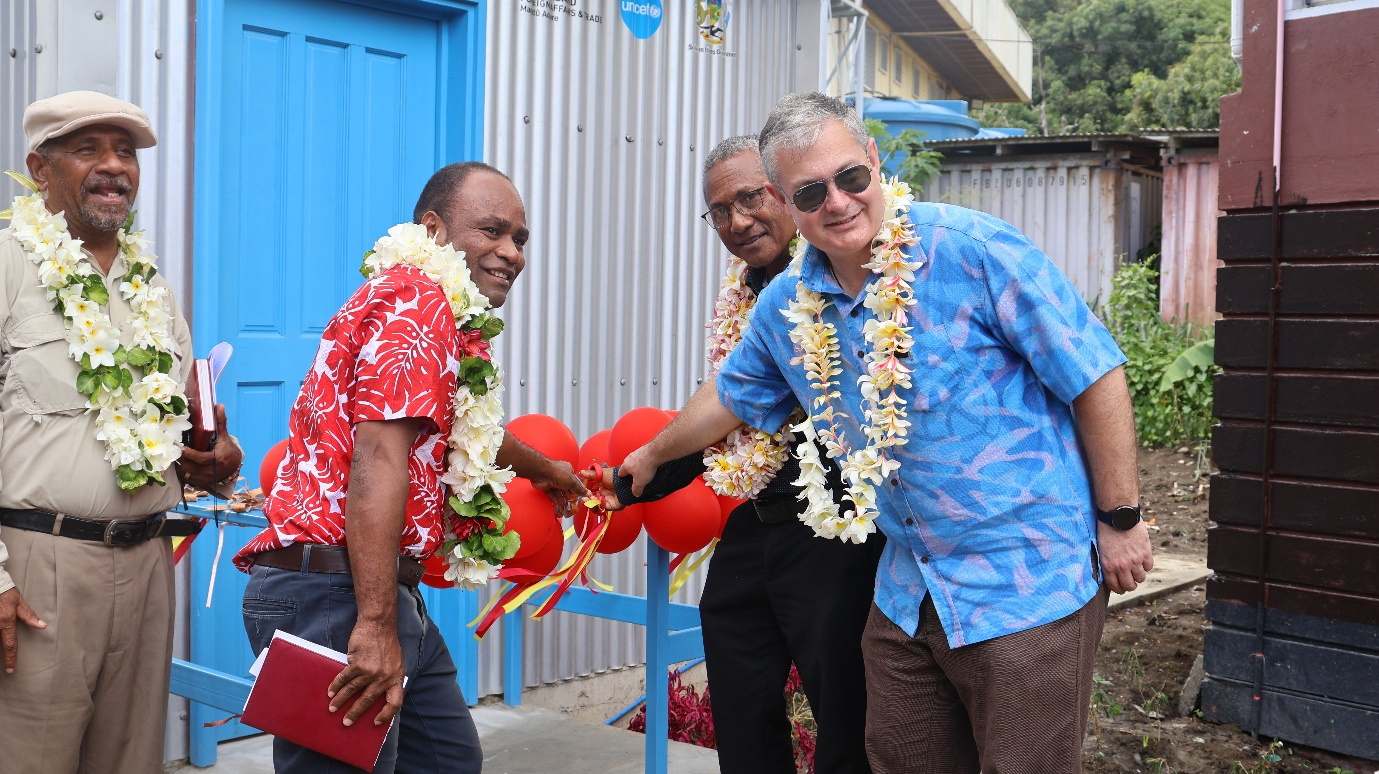BY JOHN HOUANIHAU
Outlook for the 2024-2025 Tropical Cyclone season has indicated a potential formation of a Tropical Cyclone in the vicinity of Rennell Bellona province and the Coral Sea.
The official forecast for the Tropical Cyclone (TC) season in the Solomon Islands commence on November 1, 2024, and extend through April 2025, predicting the occurrence of two to three cyclones, with one expected to reach a category between 3 and 5.
David Hiriasia, the Director of the Solomon Islands Meteorological Service, stated, “This forecast pertains specifically to the waters of the Solomon Islands.”
He further said that the current shift of warm water towards the Western Province and Papua New Guinea suggests that most cyclones are likely to develop around the Rennell Bellona or Coral Sea regions.
Hiriasia explained that during El Niño events, cyclones typically form around the Temotu and Makira areas, depending upon the movement of warm water.
“As previously mentioned, during La Niña, warm water is redirected towards the Western Province and Papua New Guinea. Although not immediately visible, variations in sea surface temperatures can significantly impact cyclone formation,” he said during the recent launch of the 2024-2025 TC outlook for Solomon Islands.
He stressed that one of the critical environmental factors for cyclone development is ocean temperature, which must be approximately 26 degrees Celsius or higher.
“In the Solomon Islands, we possess what is referred to as the ‘warm pool,’ indicating that our ocean temperatures are higher than those in most other regions of the world,” Hiriasia explained.
He also pointed out that many cyclones affecting Vanuatu, Australia, Fiji, and other Pacific Island nations originate within the Solomon Sea.
“Cyclones such as Palm and Windstone develop in the Solomon Sea due to the presence of the warmest ocean waters. A warm ocean typically provides the necessary energy for cyclones, and the shifting of warm water as a result of El Niño and La Niña events also determines cyclone formation locations,” he added.
Hiriasia concluded by noting that cyclones generally form south of the equator, as the energy required to sustain or rotate the cyclone is concentrated near the equator.
He said that Cyclones are seldom observed in Kiribati due to its equatorial location, and their formation in Papua New Guinea or the western provincial region is also quite uncommon, although not impossible.
“In contrast, as one moves towards the mid-latitudes, particularly from Western Province or Rennell Bellona to Temotu, which are situated approximately 10 degrees south, the energy levels increase. This trend continues further down to Vanuatu and Fiji. These conditions are conducive for tropical cyclones,” he stated.




